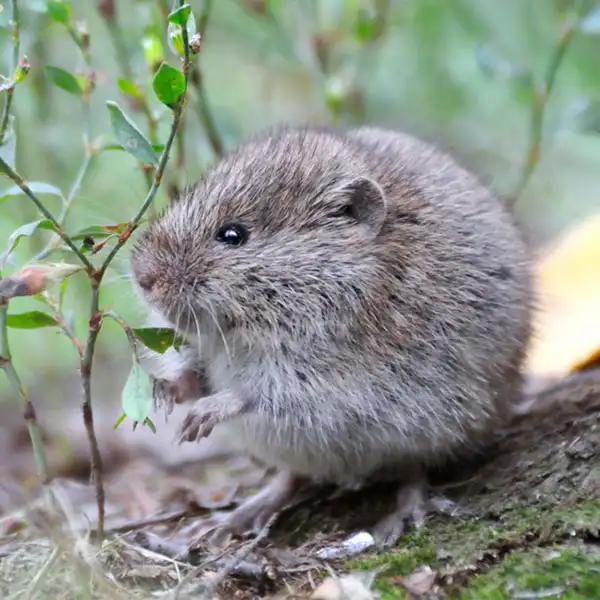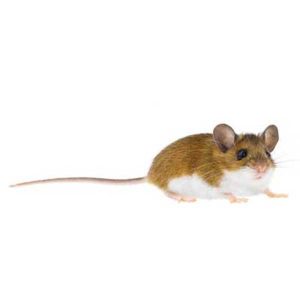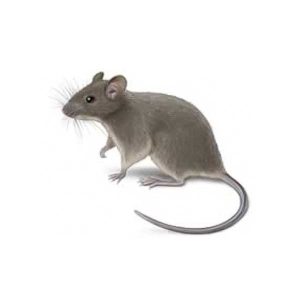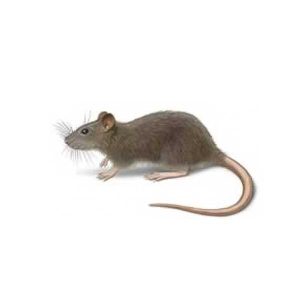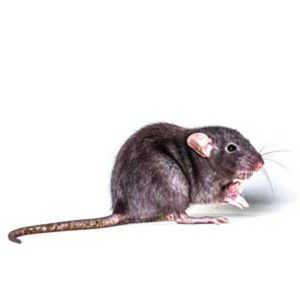Meadow Voles in Georgia
Commonly called the “meadow mouse” or “field mouse,” the meadow vole is a widely distributed rodent in North America. It has a thick, cylindrical body and a shorter tail, distinguishing it from rats and mice. They tend to avoid homes, as they are not good climbers, and instead create underground tunnels that frequently damage lawns. These tunnels can also weaken the roots of plants and trees. They are prolific breeders and primarily feed on grasses and seeds.
Meadow Vole Habitat
While meadow voles sometimes appear above ground, they mainly inhabit shallow, compact burrows. Their nests, constructed from grass, stems, and leaves, are often tucked beneath dense vegetation. These nests provide protection from predators and harsh weather. Clearing this cover may reveal runways that lead to their nesting sites. Evidence of their activity includes freshly cut grass and greenish droppings, about 3/16 inch long, scattered near their burrows.
Meadow Vole Behaviors, Threats, or Dangers
Although meadow voles have little direct contact with humans and pose low health risks, they are known carriers of diseases like plague and tularemia. These diseases can be a concern for animals and humans in the vicinity. They rarely invade homes but are destructive pests, damaging orchards, crops, and tree plantings. Their burrowing destabilizes trees and plants, and they can also cause significant harm to lawns, golf courses, and ground covers.
If you spot signs of a meadow vole issue, contact a nearby rodent exterminator for assistance.
Need help with pest control?
Ready for your FREE quote?
Fill out the form below and we’ll be in touch!
*During normal business hours. After hours inquiries will be returned the next business day.

